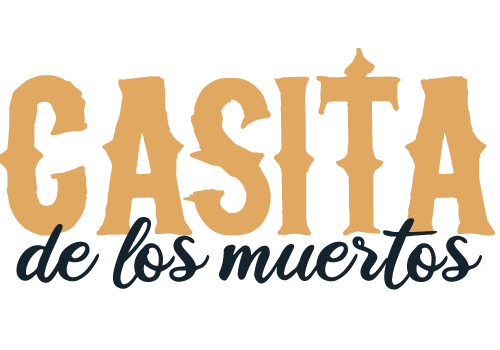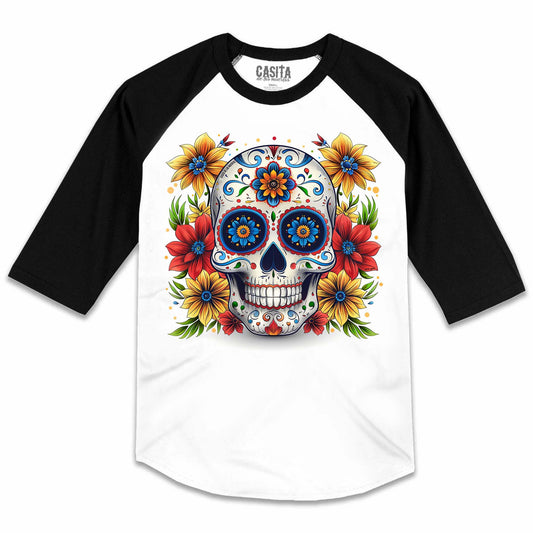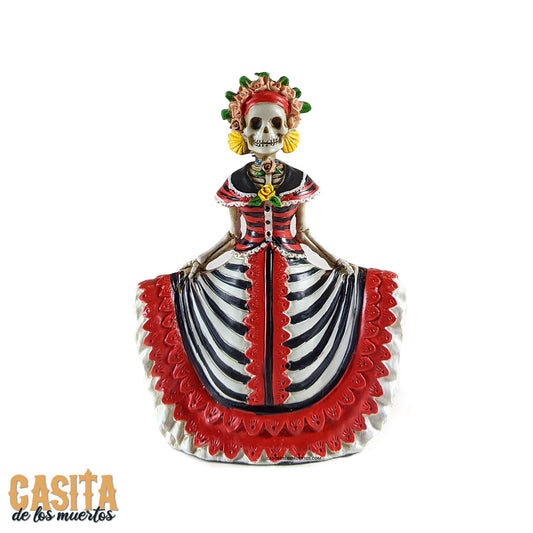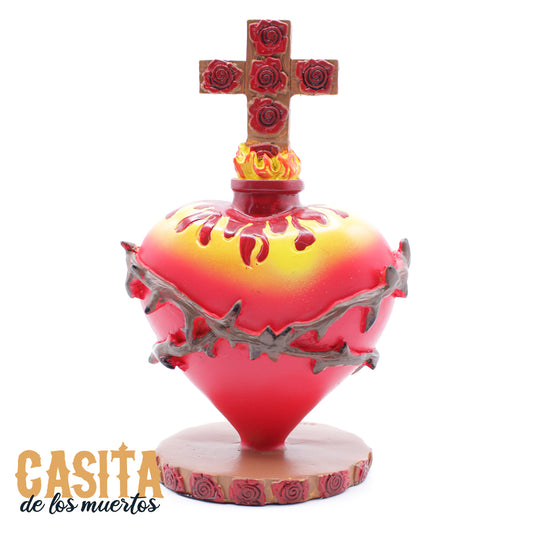The Significance of the Day of the Dead Celebrations
The Day of the Dead, also known as Día de los Muertos, is a traditional Mexican holiday that takes place on November 1st and 2nd. This celebration has been a part of Mexican culture for thousands of years and has deep roots in Aztec and indigenous traditions. The holiday has since spread to other countries in Latin America and has become a symbol of Mexican culture around the world.
The Day of the Dead is a time for families to come together to remember and honor their loved ones who have passed away. It is a celebration of life and death, where the living and the dead are believed to be able to come together and communicate with each other. During this time, families create ofrendas, or offerings, to place on the graves of their loved ones. These offerings typically include food, drinks, candles, flowers, and other items that the deceased enjoyed in life.
The Importance of Altars and Offerings
Altars and offerings play a crucial role in the Day of the Dead celebrations. They are believed to help guide the spirits of the deceased back to the living world, so that they can participate in the festivities. The altars are typically decorated with brightly colored flowers, candles, and other items that hold significance to the family and their loved ones.
Offerings of food and drinks are also an important part of the Day of the Dead celebrations. This is because the deceased are believed to be able to taste the offerings and enjoy the foods that they loved in life. The food offerings typically include traditional Mexican dishes, such as tamales, pan de muerto (bread of the dead), and hot chocolate.

The Symbolism of the Skulls
Skulls and skeletons are a common symbol during the Day of the Dead celebrations. These symbols are meant to represent the deceased and the cycle of life and death. Skulls and skeletons are often painted and decorated in bright colors, such as yellow, pink, and green, to celebrate life and the joy that the deceased brought to their families.
Sugar skulls are a popular traditional treat during the Day of the Dead. They are made from sugar and decorated with bright colors, glitter, and other items that hold significance to the family and their loved ones. The sugar skulls are often placed on the altars as a symbol of the deceased and are sometimes even given as gifts to the living.
The Significance of the Day of the Dead for Mexican Culture
The Day of the Dead is a significant holiday for Mexican culture, as it allows families to come together and remember their loved ones who have passed away. It is also a time for the living to celebrate the lives of their loved ones and to enjoy the time they spent together.
The Day of the Dead has become a symbol of Mexican culture and is celebrated not only in Mexico but also in other countries in Latin America. The holiday has also become a popular tourist attraction, as people from all over the world come to Mexico to experience the celebrations and to learn more about Mexican culture.
In conclusion, the Day of the Dead is a celebration of life and death that holds significant meaning for Mexican culture. It is a time for families to come together






